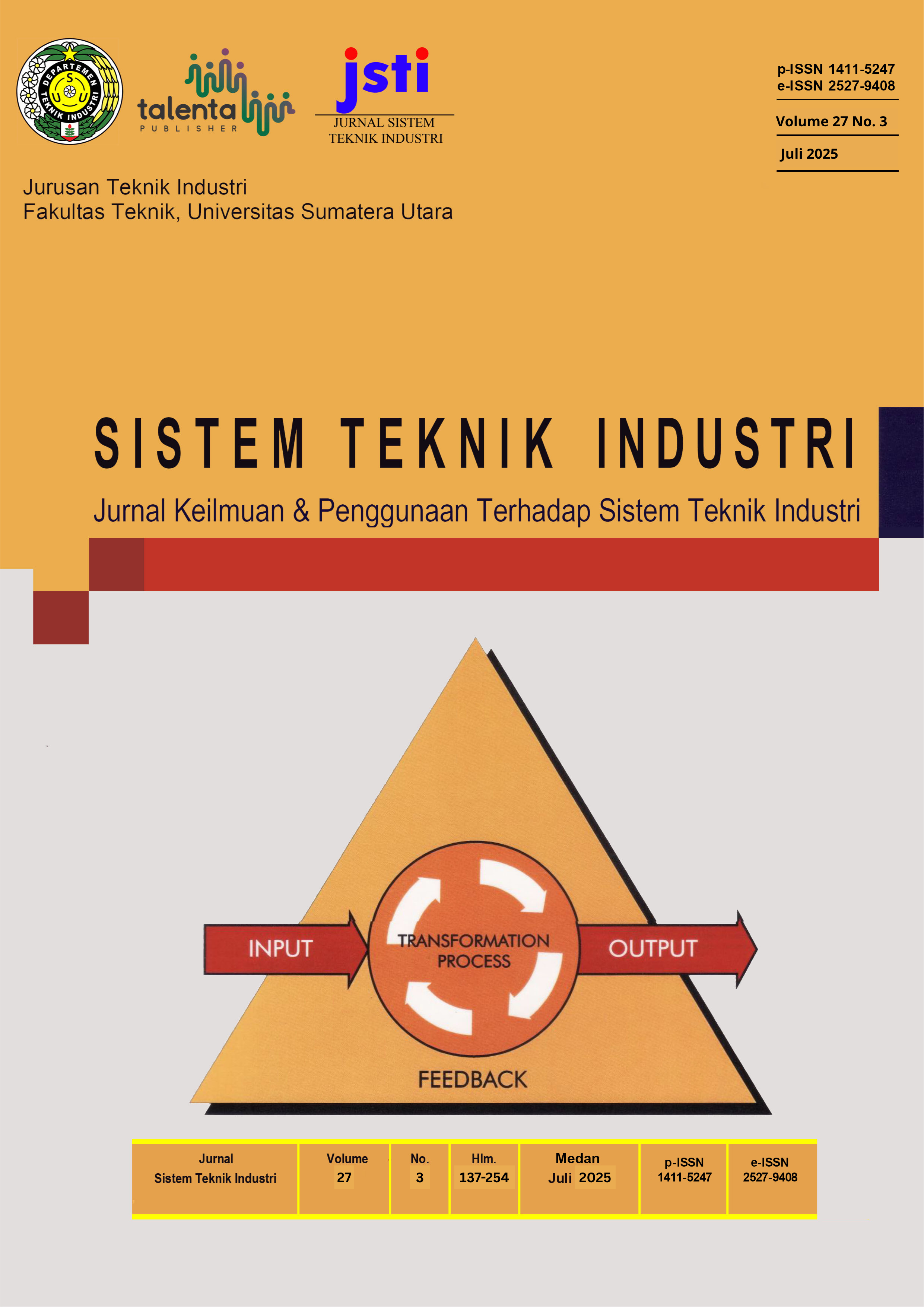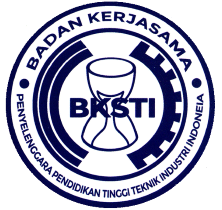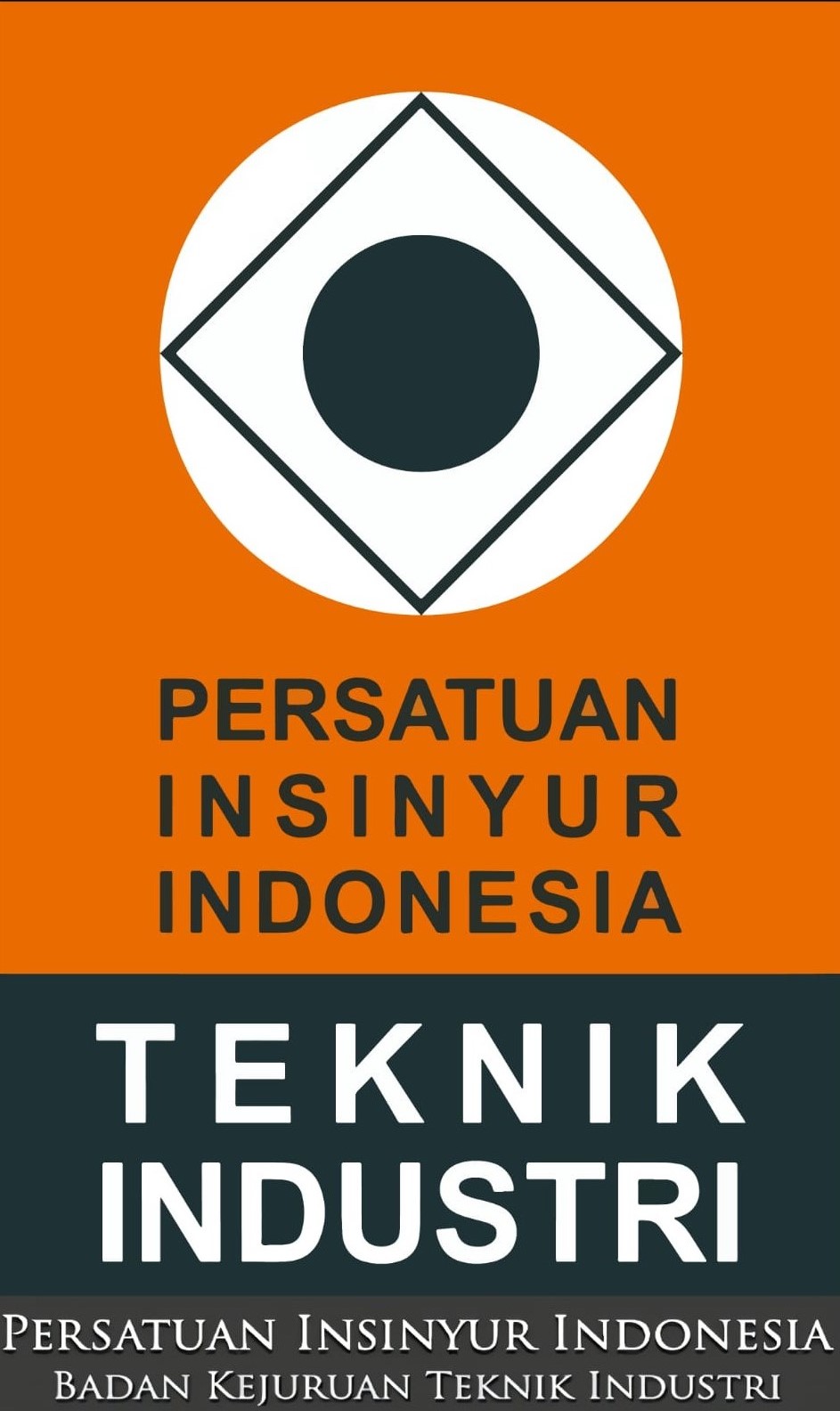Enhancing Performance and Worker Satisfaction at Tokonekoncoku Logistics Warehouse through Ergonomic Interior Design: A DMADV and CTQ-Based Study
DOI:
https://doi.org/10.32734/jsti.v27i3.21097Keywords:
DMADV, CTQ, Ergonomics, Interior Design, Logistics, E-CommerceAbstract
The rapid expansion of the e-commerce sector has imposed considerable demands on Usaha Mikro, Kecil, dan Menengah (UMKM) to enhance the operational efficiency of their logistics warehouses. This study aims to improve organizational performance and employee well-being at Tokonekoncoku, a logistics UMKM, through an ergonomic workplace redesign. The research employs the Define, Measure, Analyze, Design, Verify (DMADV) methodology, emphasizing Critical to Quality (CTQ) parameters to ensure that the proposed interventions are both contextually relevant and quantitatively measurable. The CTQ priorities identified include operational time efficiency, productivity enhancement, and workforce satisfaction. By systematically implementing ergonomic principles—encompassing layout reorganization and workstation modifications—the study demonstrates a significant improvement in the efficiency and comfort of the work environment. The findings underscore that the integration of ergonomic design within the DMADV framework offers a robust approach to simultaneously advancing operational performance and promoting worker well-being in UMKM logistics settings.
Downloads
References
A. B. Bakker and E. Demerouti, “Job demands–resources theory: Taking stock and looking forward.,” J Occup Health Psychol, vol. 22, no. 3, pp. 273–285, Jul. 2017, doi: 10.1037/ocp0000056.
E. H. Grosse, “Application of supportive and substitutive technologies in manual warehouse order picking: a content analysis,” Int J Prod Res, vol. 62, no. 3, pp. 685–704, Feb. 2024, doi: 10.1080/00207543.2023.2169383.
Gateway Furniture, “The importance of ergonomic workplace design & furniture,” https://gatewayfurniture.com/blog/the-importance-of-ergonomic-workplace-design-and-furniture.
U.S. Department of Labor, “Ergonomics - Overview | Occupational Safety and Health Administration,” https://www.osha.gov/ergonomics. Accessed: Jul. 19, 2025. [Online]. Available: https://www.osha.gov/ergonomics
Rangga Sidiq Permana, Triyana Triyana, Fahmi Husaeni, Irfan Bukhori, Khotibul Umam, and Andung Jati Nugroho, “Analisis Postur Kerja Menggunakan Metode Rapid Entire Body Assessment (REBA) Dengan Inovasi Meja Penjemuran Kerupuk di UMKM Kerupuk Subur,” Jurnal Sains dan Teknologi, vol. 3, no. 2, pp. 47–60, Dec. 2024, doi: 10.58169/saintek.v3i2.658.
Muhlas, R. R. P. Hargiansyah, and Y. J. dakhi, “PENERAPAN ERGONOMI UNTUK MENGURANGI RESIKO CEDERA MUSCULOSKELETAL DISORDERS (MSDS) DAN MENINGKATKAN PRODUKTIVITAS DI INDUSTRI,” Kohesi: Jurnal Sains dan Teknologi, vol. 5, no. 7, pp. 1–10, Dec. 2024, doi: 10.3785/KOHESI.V5I7.8187.
V. Spasojevic Brkic and B. Tomic, “Employees factors importance in Lean Six Sigma concept,” The TQM Journal, vol. 28, no. 5, pp. 774–785, Aug. 2016, doi: 10.1108/TQM-10-2015-0131.
Mecalux, “Warehouse ergonomics: 10 tips - Mecalux.com,” https://www.mecalux.com/blog/warehouse-ergonomics. Accessed: Jul. 18, 2025. [Online]. Available: https://www.mecalux.com/blog/warehouse-ergonomics
Businessmap, “What is DMADV? Essential guide to DMADV methodology,” https://businessmap.io/lean-management/six-sigma/dmadv.
BostonTec, “5 ways ergonomics can improve warehouse safety,” https://www.bostontec.com/5-ways-ergonomics-can-improve-warehouse-safety.
W. P. Neumann, J. Winkel, L. Medbo, R. Magneberg, and S. E. Mathiassen, “Production system design elements influencing productivity and ergonomics,” International Journal of Operations & Production Management, vol. 26, no. 8, pp. 904–923, Aug. 2006, doi: 10.1108/01443570610678666.
A. H. Christiansen, “Ergonomics in Warehouses: Worker Well-being & Safety,” https://www.autostoresystem.com/insights/ergonomics-in-warehouse-work-a-comprehensive-guide. Accessed: Jul. 18, 2025. [Online]. Available: https://www.autostoresystem.com/insights/ergonomics-in-warehouse-work-a-comprehensive-guide
T. Gruchmann, A. Mies, T. Neukirchen, and S. Gold, “Tensions in sustainable warehousing: including the blue-collar perspective on automation and ergonomic workplace design,” Journal of Business Economics, vol. 91, no. 2, pp. 151–178, Mar. 2021, doi: 10.1007/s11573-020-00991-1.
T. Pyzdek and P. A. Keller, The Six Sigma Handbook: A Complete Guide for Greenbelts, Black Belts, and Managers at All Levels, 3rd ed. New York, NY: McGraw-Hill, 2010. doi: 10.1036/0071415963.
S. M. Ross, Introduction to Probability and Statistics for Engineers and Scientists, 6th ed. Elsevier, 2021. doi: 10.1016/C2018-0-02166-0.
Downloads
Published
How to Cite
Issue
Section
License
Copyright (c) 2025 TALENTA Publisher Universitas Sumatera Utara

This work is licensed under a Creative Commons Attribution-ShareAlike 4.0 International License.
The Authors submitting a manuscript do so on the understanding that if accepted for publication, the copyright of the article shall be assigned to TALENTA Publisher Universitas Sumatera Utara as the publisher of the journal.
Copyright encompasses the rights to reproduce and deliver the article in all forms and media. The reproduction of any part of this journal, its storage in databases, and its transmission by any form or medium will be allowed.



















